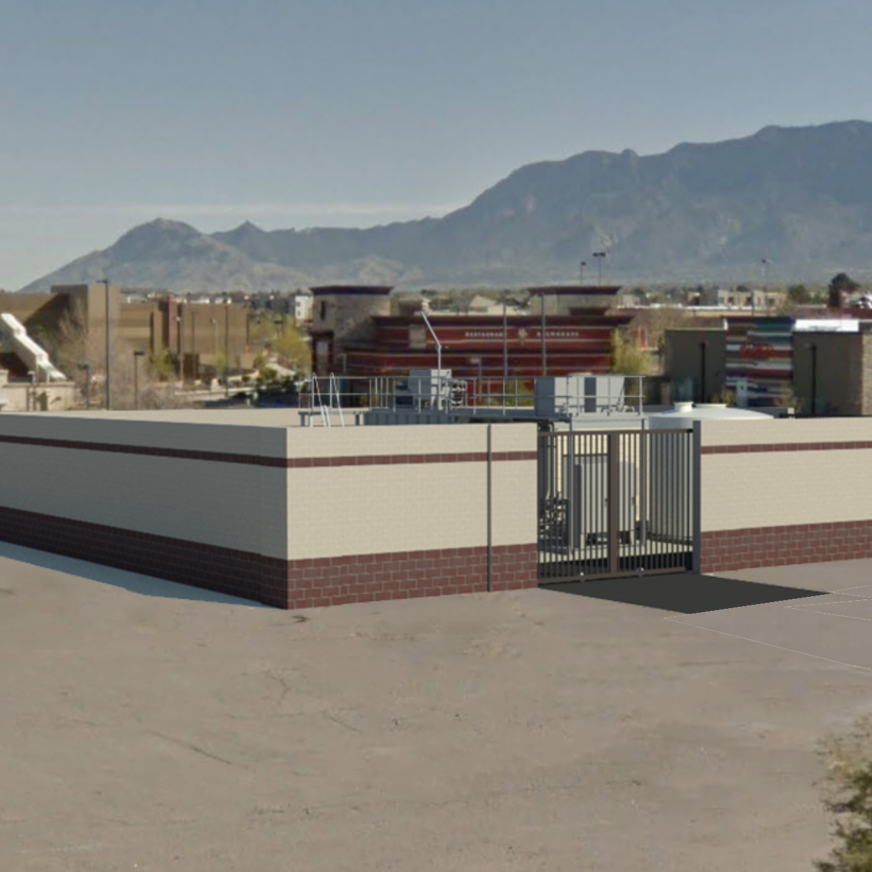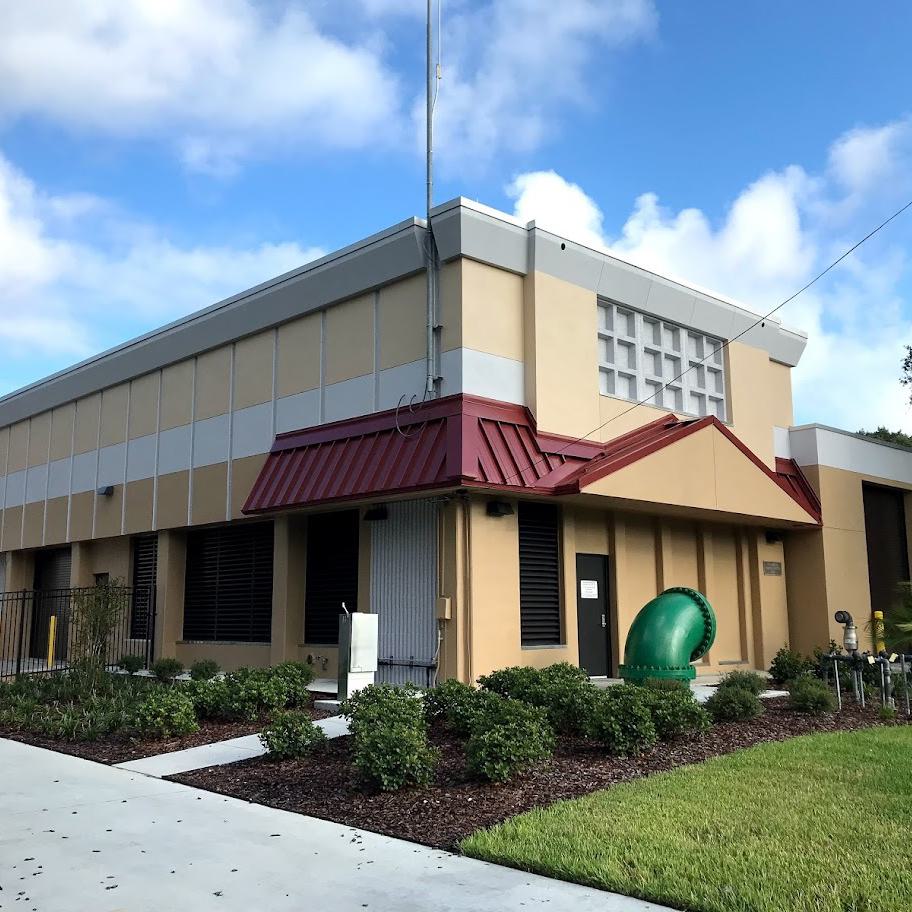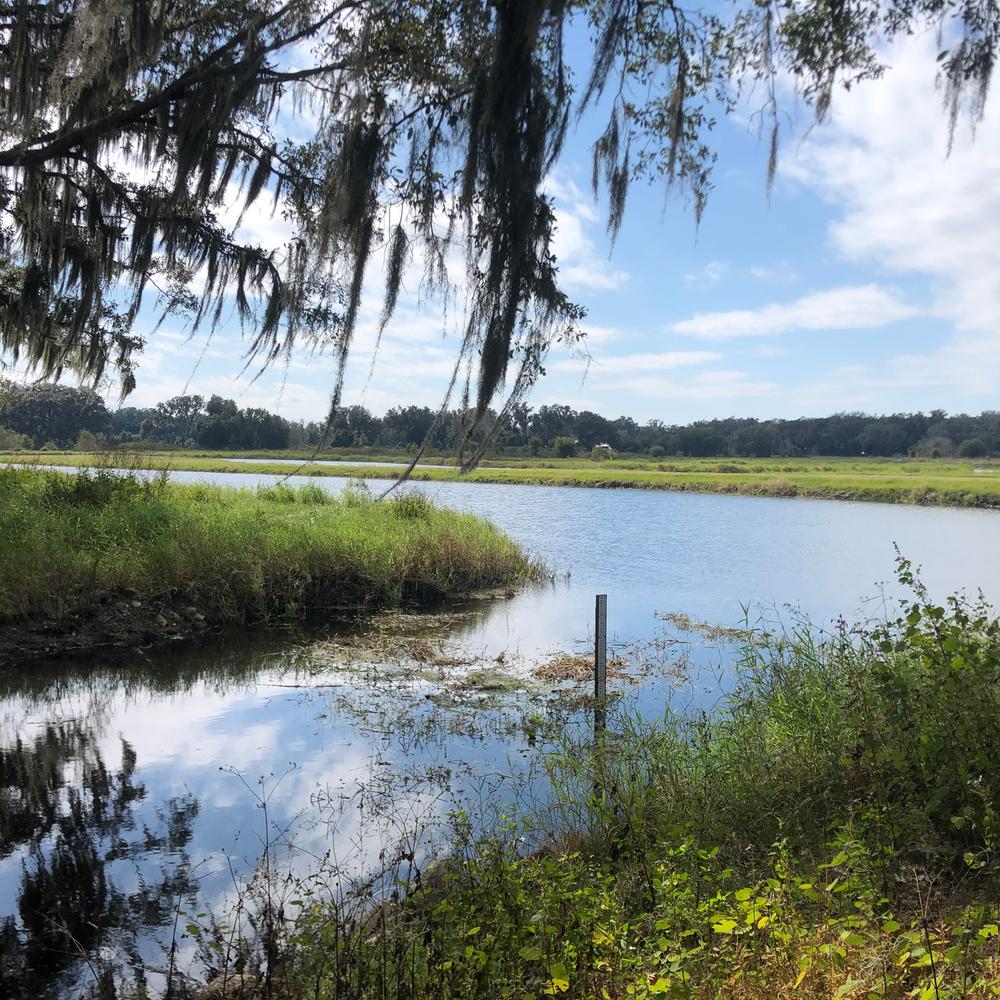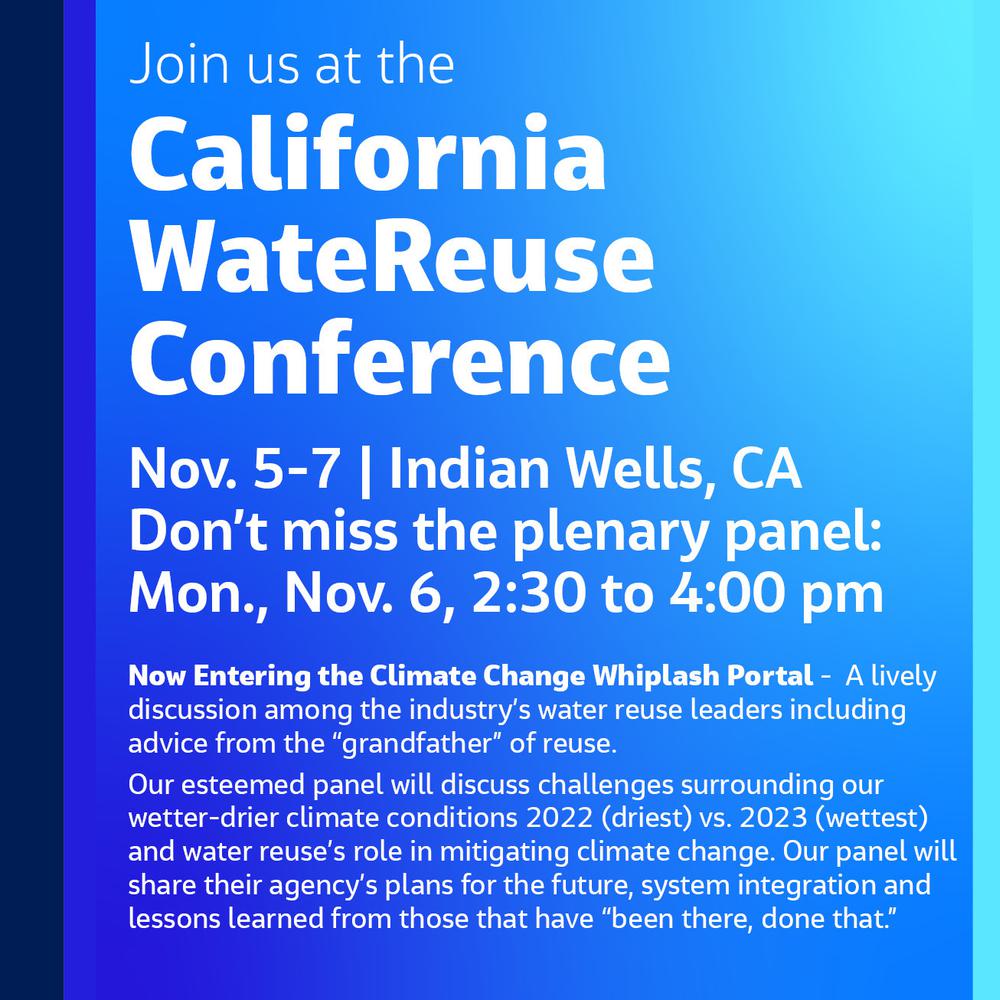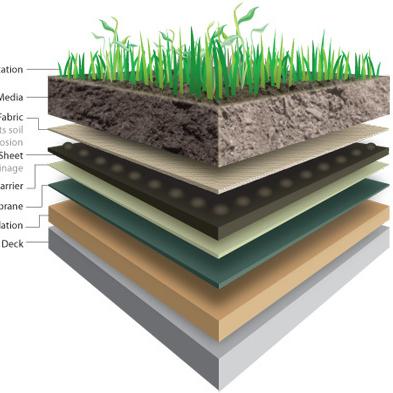An Innovative Response to Subsidence: The SWIFT Research Center
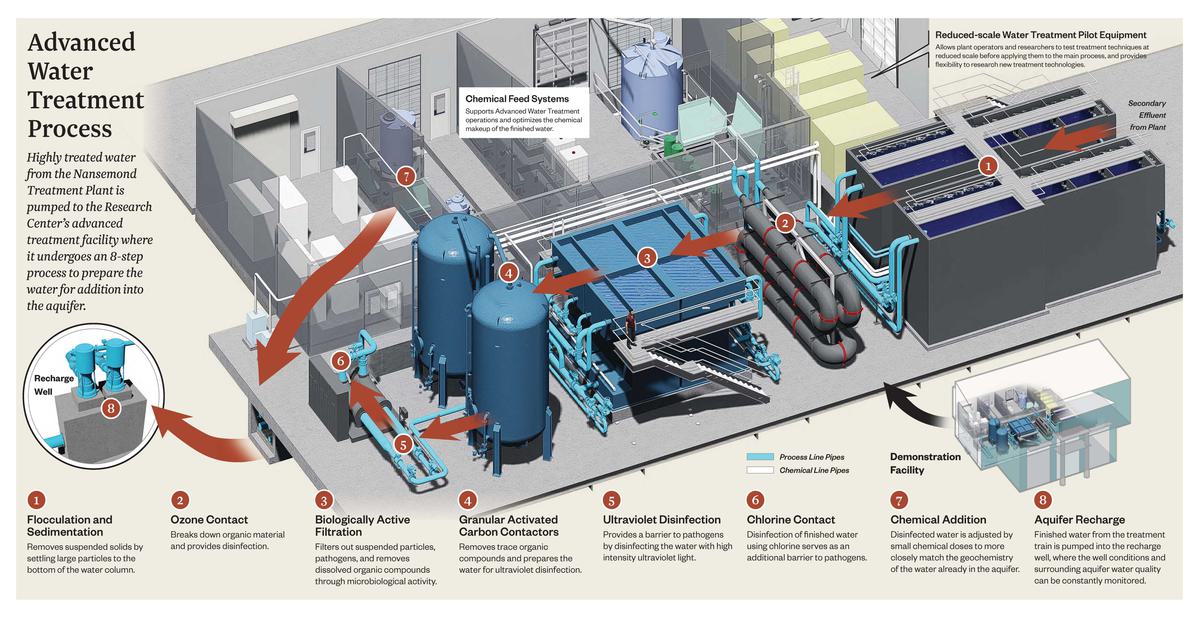
The SWIFT Research Center, a design-build project by Hazen and Sawyer and Crowder Construction, is an advanced treatment facility that incorporates an 8-step process to prepare the water for recharging the Potomac Aquifer.

The SWIFT demonstration facility is expected to begin operations in April 2018 and will be able to recover one million gallons of water per day. It will also be used as a research and learning facility for training HRSD staff and providing public education.

The SWIFT design team utilized a Building Information Model to develop a design and effectively understand how each component works together within the facility and integrates within the site before construction began.

The groundbreaking ceremony in April 2017 included virtual reality tours of the SWIFT Research Center.
Both sea level rise and subsidence are happening in communities all over the world. But while sea level rise is a global issue caused by the warming of the oceans and melting of the world’s ice caps, land subsidence is a local problem, affecting some communities but not others.
In coastal areas unlucky enough to be hit by both phenomena, the risk of flooding can be severe. And although inland communities are unlikely to suffer much from sea level rise, many are grappling with the challenges posed by sinking land instead.
Hampton Roads Virginia is threatened by three different forces. While global isostatic adjustment from the last Ice Age is around .04 inches per year, that rate of drop is still among the fastest in the world. The second problem is sea level rise, contributing around another .08 inches per year. But at about .11 inches per year, the single biggest contributor is groundwater pumping from the massive Potomac aquifer.
In an area this flat, those fractions of an inch add up. The area suffers frequent flooding, as well as saltwater intrusion into both the aquifer and into delicate wetlands that are in danger of being inundated.
Ted Henifin is the general manager of the Hampton Roads Sanitation District. A few years ago, his team started to wonder if there was a better use for the wastewater that they were processing and dumping into the mouth of the Chesapeake. “It’s not like the water we put back into the waterways is used by anyone else, or even needed,” he says.
So what if they could use the water for something of value? That train of thought led to an innovative new project called SWIFT. Instead of dumping the water, the project will treat the wastewater – which totals over 100 million gallons each day – to standards that will meet that of drinking water. It will also be given the exact same profile, including the salinity, as the groundwater. Once it’s been processed, the water will be pumped back into the aquifer.
The SWIFT project is still starting out, with the goal of getting permits in 2019 and injecting 10-20 million gallons a day by 2023. But the models have already found that adding the water can increase pressures as far as Maryland and North Carolina.
“With the total aquifer compaction that would have been seen without our project, if we continue with the permitted withdrawals that we’ve got to the end of a 50-year period, there’s a total compaction, in the worst areas, of about 2ft,” says Henifin. “If the same model is run with our water going in, we eliminate that entirely.”
If the SWIFT project works, the plan is to scale up to full capacity by 2030 – and then replicate the program in wastewater treatment plants across other counties.
Excerpted from the BBC.




